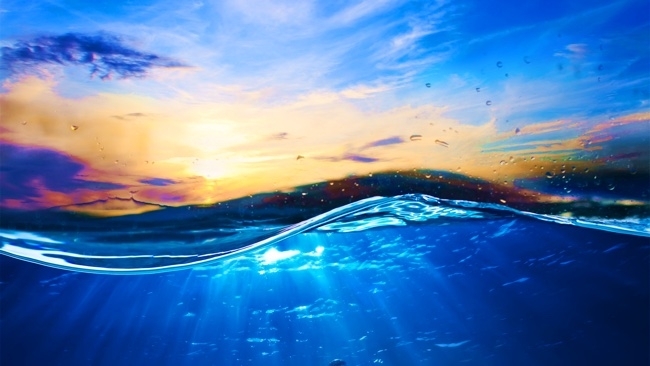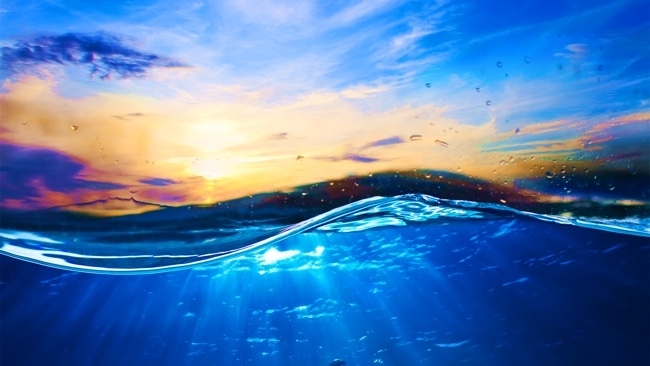
Replay: The Challenger Deep is the deepest part of the deepest trench on the planet. It is 10,900m or 6.7 miles deep, pressure is around 16,000PSI, and it is one of the most hostile environments known to man. It is also surprisingly loud.
 Too deep even for this fella... Image: shutterstock.com
Too deep even for this fella... Image: shutterstock.com
The Challenger Deep is, of course, the forbidding part of the sea floor explored by James Cameron in his Deepsea Challenge 3D documentary. First charted by the British Navy in the 1870s, it has exerted a fascination for explorers and scientists ever since. One of the latest manmade visitors to the depths was a titanium-encased hydrophone placed there by a joint team of researchers from the National Oceanic and Atmospheric Administration, Oregon State University, and the U.S. Coast Guard, who you’d expect would hear very little down there.
You’d be wrong.
“There really is almost constant noise from both natural and man-made sources,” says Robert Dziak, a NOAA research oceanographer and chief scientist on the project. “The ambient sound field at Challenger Deep is dominated by the sound of earthquakes, both near and far, as well as the distinct moans of baleen whales and the overwhelming clamour of a category 4 typhoon that just happened to pass overhead.”
The researchers captured the soundscape by dropping a specially engineered hydrophone and accompanying mooring down at a slowish speed not greater than five metres per second to cope with the changes in pressure. All in all it took the audio package six hours to freefall to the bottom — don’t forget you could upend Mt Everest into this part of the Pacific and the foothills of the mountain would still be a mile underwater — where it then started recording to an internal Flash drive. The drive was full within 23 days, but the researchers had to wait for a break in typhoons before they could get out to the site and fire an acoustic signal down to it, thus releasing the probe from its housing and letting attached floats bring it up to the surface.
You can hear some of the resulting sounds below, which are best (though somewhat inaccurately) described as unearthly and conclusive proof of what your parents always told you that sound travels further in water. And there’s more to come; the team planning to return to the bottom of the Challenger Deep with a hydrophone in 2017 that will both spend longer on the sea floor and also be married to a deep sea camera.
The propeller from a ship passing 10km above
A baleen whale call
Calls of dontocetes and baleen whales
Baleen whale and magnitude 5 earthquake (uniquely recorded from below the epicentre)
Tags: Audio


Comments